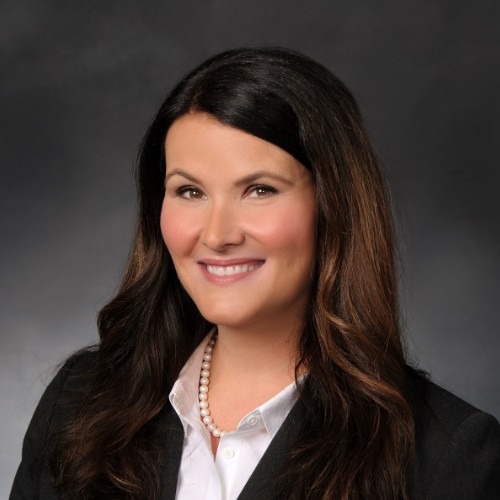
This is an excerpt from “3 Tactics To Drive Economic Empowerment,” which ran on CreditUnions.com in November 2023.
As credit unions nationwide focus on economic empowerment and inclusion, partnering with community organizations has become a key element in reaching underserved communities. From providing vulnerable populations with basic banking needs to addressing broad issues such as affordable housing and generational poverty, cooperatives are digging in to find new ways to serve.
Founded in 1933 by a small group of state employees, Golden 1 Credit Union ($20.5B, Sacramento, CA), has grown to serve the entire state of California. Today, it has more than 1 million members and continues to serve people who have been excluded from the financial system.
“The philosophy of inclusion is still where we operate from today,” says Erica Taylor, vice president of communications and community relations. “Remaining true to that gives us an opportunity to serve people who need help, whether they are unbanked or underbanked.”
After conducting in-depth research on income disparity and wealth gaps throughout the state, Golden 1 looked more deeply at the causes of generational poverty and how difficult it is to break the cycle. Inspired by the concept of hyperlocal, concentrated funding, the credit union decided to focus its efforts on the Del Paso Heights community through a five-year, $10 million investment. The historically African American neighborhood is located just north of downtown Sacramento and has both the highest crime rates and lowest educational attainment, median household income, and homeownership rates in the area.
“Being founded in Sacramento, we looked at a variety of neighborhoods and decided on Del Paso Heights for myriad reasons,” Taylor says. “This was a thriving community in the 1950s and 60s before disinvestment and freeway projects isolated it economically. Today, we’re still seeing the results of that.”
Golden 1’s investment will include allocations to local organizations — including the Greater Sacramento Urban League, Mutual Assistance Network, Neighborhood Wellness Foundation, and the Roberts Family Development Center — to support physical and mental health support for Grant Union High School students as well as education, mentoring, and various wraparound care for youth, young adults, and families. It will also include a new financial resource center, which should open later this year.
To identify local needs and develop this multi-pronged approach, the credit union engaged a community advisory committee.
CU QUICK FACTS
GOLDEN 1 CREDIT UNION
DATA AS OF 12.31.23
HQ: Sacramento, CA
ASSETS: $21.1B
MEMBERS: 1,115,065
BRANCHES: 64
EMPLOYEES: 2,025
NET WORTH: 9.3%
ROA: 0.71%
“Rather than approaching this with a check and a prescription, we worked with residents to understand what it would take in their view to create a thriving, healthy neighborhood,” Taylor says.
The roadmap included youth mentoring, art and music education, college and career pathways, and more in addition to financial services and financial education.
To measure the impact of its investment, Golden 1 will work with established nonprofits, some who have been working in the community for as long as 40 years.
“We’ll be looking at a whole range of metrics, including high school graduation rates, college and career readiness, and usage of our new financial resource center,” Taylor says.
The community advisory committee Golden 1 assembled to help it create its investment roadmap will also remain engaged, offering their perspectives throughout the process.
If all goes well — and the concentrated, hyperlocal investment works in Del Paso Heights — Golden 1 hopes to partner with other communities to replicate the initiative throughout the state.
“One of the biggest lessons learned is there is no one-size-fits-all solution,” Taylor says. “Each neighborhood, state, or municipality is going to have unique needs. It’s important to start by asking what those needs are and listening.”